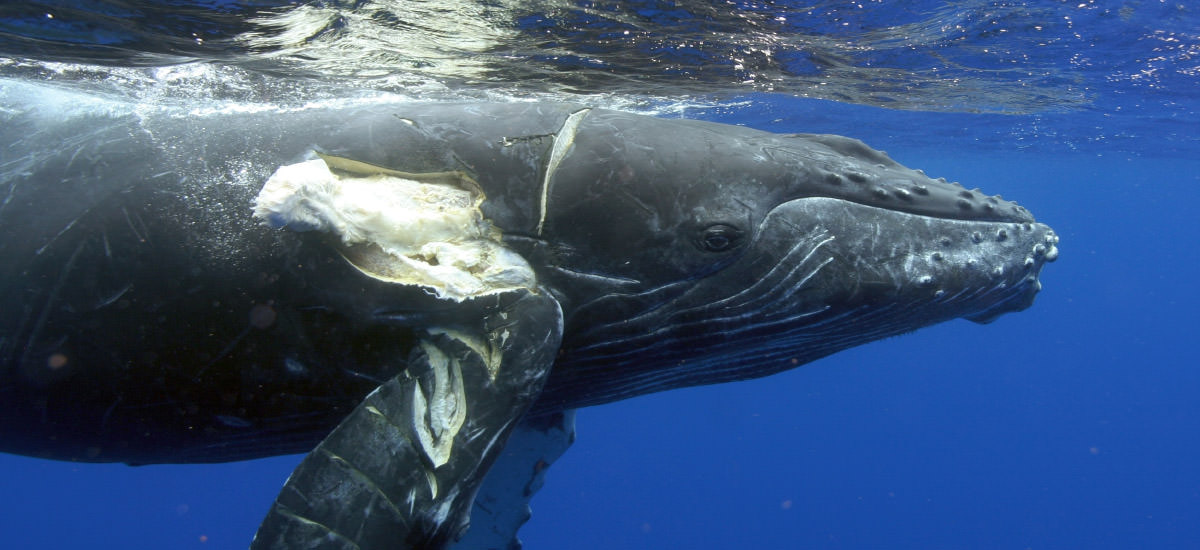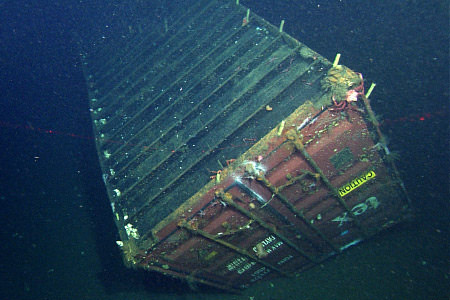Vessel Impacts
National Issue

Vessel Impacts
Visitors, scientists, fishermen, commercial shippers and other stakeholders of national marine sanctuaries access these waters with recreational and commercial vessels. These vessels are an important part of the "blue economy" and also provide a safe way for many visitors to experience some of the sanctuaries' most iconic places. However, there are several impacts from vessels that can impact biological and archaeological resources within these special places. These impacts include ship strikes, ship groundings, lost containers from shipping vessels, and discharge of waste water and other materials.

Substantial vessel traffic, particularly by large commercial vessels, creates the risk of collision with and behavioral modifications of marine mammals, turtles and fish (primarily whale sharks). Strikes are also considered a threat to endangered blue, right, humpback and fin whales by NOAA's National Marine Fisheries Service. Efforts have been made to analyze the relationship between incidence of whale strikes and ship speeds within Stellwagen Bank National Marine Sanctuary in relation to the recovery of the highly endangered North Atlantic right whale. Mitigation techniques that employ observers, hydrophones, radar, sonar and infrared detection, as well as speed reductions in high-density whale areas, could reduce the threat and the probability of collisions.
Ship groundings and improper anchoring can also be potentially harmful to sanctuary resources. Seagrass and coral injuries from vessel groundings throughout sanctuaries typically include a combination of different injury types: seagrass beds can have propeller scars, berm and blowholes, whereas coral reefs can have fragmented or crushed colonies, framework destruction and blowholes.
Lost containers from shipping vessels can have ecological, economic and navigational safety consequences. Thousands of shipping containers are lost at sea every year, often due to the nexus of rough seas, inadequate or faulty securing mechanisms, and failure to weigh all containers at the time of loading. Lastly, vessels can also introduce unwanted contaminants and waste water into sanctuary waters and affect water quality.

